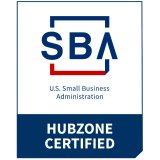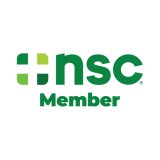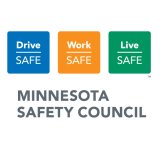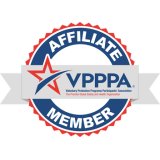


Our Company
Our company was founded on the idea of creating practical and effective solutions for companies facing high noise and tough communication challenges. For over 25 years, we’ve built our success on strong relationships with our customers, listening carefully to their needs to fully understand each unique situation, concern, and objective. Equally important is CavCom’s commitment to developing solutions that are embraced by the end user—your employees. We design products that are simple to operate, comfortable for long-term wear, and focused on personal safety to ensure successful implementation and consistent use. CavCom products are proudly manufactured in the USA, delivering the highest quality standards and supporting American jobs.
Proudly SBA-Certified
We are a proud Woman-Owned Business and a member of the Small Business Association (SBA). As a certified HubZone company, we are committed to fostering economic growth in underrepresented communities while delivering exceptional service and quality to our clients. Our team combines passion, expertise, and a dedication to excellence, ensuring that we not only meet but exceed expectations in every project we undertake.
Breaking Barriers: Beth Orton, the Woman Owner Driving Success at CavCom
Beth Orton is the President and Owner of CavCom, a thriving woman-owned business. Since 2006, Beth has worked across every corner of the company—from finance and operations to sales, marketing, and management. Her passion for the business and hands-on leadership style have been key to CavCom’s success, and in 2023, she purchased CavCom, guiding the company to new heights.
Beth holds dual degrees in Economics and Business Management from the University of St. Thomas in Minnesota. Her educational background, combined with years of experience in the trenches, has shaped her thoughtful, results-driven approach to leadership.
When she’s not running CavCom, Beth is deeply involved in community service and volunteer work, always seeking ways to give back and make a positive impact. Her leadership reflects a balance of business acumen, compassion, and a commitment to making a difference—both in her industry and in the world around her.
MISSION • VISION • VALUES
Mission: We improve productivity, operator safety and overall efficiency by manufacturing comfortable in-ear products that enable clear communication in high noise and respirator environments. We immerse ourselves in your industry, collaborating with operators and management to tailor solutions ensuring that every workday is finished safely and productively.
Vision: We lead the way building innovative in-ear products that promote safety, protection, and productivity by enabling clear communication in any environment.
Values: Our ongoing success is the result of passionately living these core values: • Integrity • Responsiveness • Teamwork • Courtesy • Strong Work Ethic
Innovative Technology
Since 1997, CavCom has been revolutionizing hearing protection and two-way communication with game-changing innovations. From our award-winning Talk Through Your Ears® technology to RadioGear®, TeamTalk™, EarzON® custom hearing protection and much more, CavCom‘s commitment to developing innovative technology helps keep your workforce safer and more productive. We are also proud to offer a complete line of two-way radios, PoC systems, and full-duplex communication for our customers.
Our solutions-approach integrates extensive experience, proprietary cutting-edge technology, and dedicated customer support to address virtually any challenging communication situation. Our passion is improving worker safety, productivity, and preservation of hearing through partnership with our customers. Simply put, your success is our top priority.
The CavCom Difference
Customer Service is our priority
CavCom is a true partner by working directly with you to solve your unique challenges. We expertly tailor solutions to your needs by collaborating with safety & health personnel, management, and end-users. Warranty, repairs, and customer service are also handled directly to ensure optimum customer satisfaction. We are committed to improving performance, safety, and employee participation in your hearing conservation and communication programs, one success at a time.





